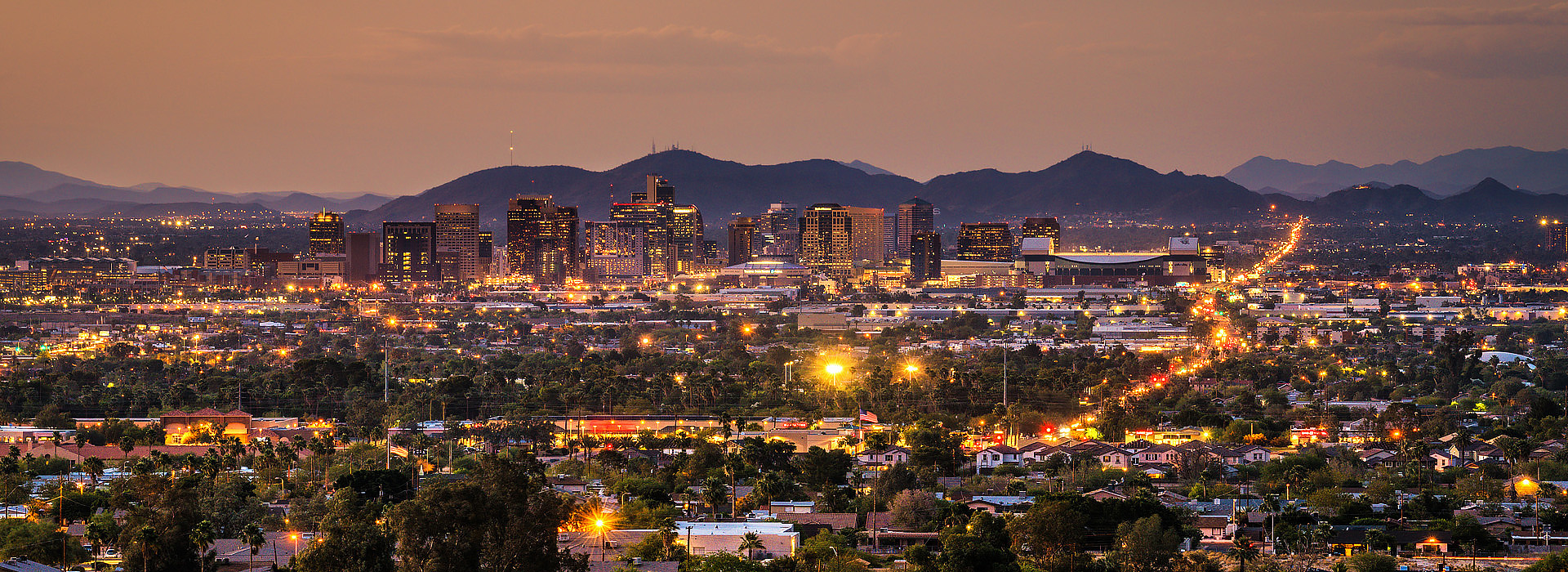Two people were killed and 116 injured when a New York-to-Miami bound Amtrak train collided with an empty freight train this past Sunday. It appears the accident might have been caused by a railroad switch that was set in the wrong position.
Railroad Switch Causes Death of Two
The men died and 116 were injured when the crash caused the lead engine and some passenger cars to derail. The two men killed were identified as the engineer and conductor who were riding in the front of the train. The Lexington County coroner identified the victims as engineer Michael Kempf, 54, of Savannah, Ga., and conductor Michael Cella, 36, of Orange Park, Fla.
The crash caused the lead engine and “some passenger cars” to derail, Amtrak officials said. The CSX train was parked on a track next to the main railroad line and was empty, according to South Carolina Gov. Henry McMaster (R).
Robert Sumwalt, chairman of the National Transportation Safety Board, which is investigating the crash, detailed what is known so far during a press conference.
“The Amtrak train, traveling on tracks owned and maintained by freight railway giant, CSX, was supposed to pass over the switch to continue on to the main line tracks, but instead was directed onto the pad-locked crossing into a portion of track known as ‘siding’ which was occupied by a parked CSX train,” Sumwalt said.
“For whatever reason that switch was, as they say in the railroad industry, ‘lined and locked,’” he said. “Which basically means it was aligned for the train coming this way to be diverted into the siding.”
“Key to this investigation [is] why that switch was lined that way,” Sumwalt said.
According to Sumwalt, investigators have recovered the front-facing video camera from the Amtrak train. The footage will hopefully be able to offer details about the minutes right before the crash.
Derrec Becker of the South Carolina Emergency Management Division said that no one injured in the crash had life-threatening injuries. Those injured were transported to local hospitals.
“The Federal Railroad Administration Investigative team is on site to support to the National Transportation Safety Board’s investigation,” the U.S. Department of Transportation said in a statement. “We are closely monitoring the situation and have been in contact with CSX and Amtrak as well as federal, state and local officials.”
Signalling System Not Operating
Amtrak CEO Richard Anderson said trains were being directed through the corridor manually by dispatchers because the signalling system was not operating.
CSX owns and controls the tracks where the crash occurred and is also responsible for overseeing the dispatching of trains and signal systems.
“They are in complete control of the track, the signaling, the switching — and in fact our train engineers and conductors as we move over their railroad are directed and in regular contact with the dispatch center at CSX,” Anderson said, adding, “. . . the signals and particularly the switches are controlled by CSX.
“As I said, control of which train is on which track is within the authority of the dispatcher and the host railroad that controls the switch,” Anderson said.
Tom Allen is the program manager for the South Carolina Office of Regulatory Staff and oversees rail safety in the South Carolina. He said the collision might have been the result of a switch issue that sent the Amtrak train away from the main track and toward the parked freight train.
It will be up to federal investigators to determine the cause of the collision.
Two Forms of Wrongful Death Claims
There are two forms a wrongful death claim can take: negligence, or intention. This means either the victim died as the result of a negligent act of the defendant. Or the victim died as the result of the defendant’s intentions to kill the victim. Some examples of negligence include: victim’s death as a result of medical malpractice or the victim dies as the result of a faulty engine in the car the victim was riding in. An example of intention is when the defendant is believed to have murdered the victim on purpose.
Proving a Wrongful Death Claim
For the defendant to be declared liable in a wrongful death claim, the claim brought must meet the same burden of proof that the victim would have had to meet if the victim was alive. In the case of a negligence trial, plaintiffs must show the defendant owed a duty of care to the victim, that the defendant breached this duty of care, and that the breach of this duty directly caused the death of the victim.
Bringing a Wrongful Death Claim
Often the deceased person’s surviving relatives, dependents or beneficiaries bring the wrongful death suit against the responsible party or parties, seeking monetary damages for their loss. Often times the jurisdiction determines the individuals who are able to bring the claim. Generally, the primary beneficiaries (often the spouse and children, or parents) are able to bring a claim. While in some states parents of the deceased person may be also designated as beneficiaries. But, in most states, if the deceased person did not leave behind a husband or wife, any children or parents, there may be no one who will be able to bring a wrongful death claim.
In order to legally recover damages in a wrongful death action, there are some general requirements that must be met. They are as follows: (1) The death must have been caused by another’s negligence, i.e., it must be showed that the negligent person was at fault for the death; (2) if the deceased was alive, he or she would have been entitled to recover damages from the at fault party; and (3) the party or beneficiaries must meet the legal requirements to be allowed recovery of damages in the Wrongful Death action.
Wrongful death laws vary from state to state
Not every state follows the same guidelines, principles, or rules. And each state has its own set laws regarding wrongful death. A personal injury attorney can help advise you on if your wrongful death claim is valid and can help you are you pursue a claim against the responsible party or parties.
“True” versus “Survival Actions”
Some states have “true” wrongful death acts. This is when the deceased person’s survivors or next of kin are able to bring a cause of action for their damages inflicted as a result of their family member’s death. Other states have acts called “survival actions.” This form of lawsuit is brought by the survivors on behalf of the deceased person. This cause of action is for the deceased person’s pain and suffering that resulted from the injuries that caused his or her death.
In many jurisdictions, when the defendant’s negligence contributes only in part or in tandem with other circumstances to a person’s death, and not just the sole cause, liability may still be attached to the defendant.
Arizona ’s Wrongful Death statute outlines exactly what a party or beneficially is entitled to receive in the case of a wrongful death case. A wrongful death can be claimed when a person dies as a result of the legal fault of another person.
Jury Rulings on Wrongful Death Cases
A jury ruling on a wrongful death case is typically instructed to award damages to beneficiaries as it deems fair and just. And generally, a beneficiary will recover a monetary award. The amount recovered by a wrongful death is not subject to any debts or liabilities of the deceased, unless the action has been brought on behalf of the deceased’s estate.
Types of Damages
Various types of damages can be recovered in a wrongful death claim. What you file for will be dependent on the circumstances of the case. Here is a list of damages you can claim:
- Punitive Damages
- Loss of love, affection, companionship, care, protection, and guidance since the death and in the future.
- Pain, grief, sorrow, anguish, stress, shock, and mental suffering already experienced, and reasonably probable to be experienced in the future.
- Income and services that have been lost as a result of the death, and that are reasonably probable to be experienced in the future.
- Reasonable expenses of funeral and burial.
- Reasonable expenses of necessary medical care and services for the injury that resulted in the death.
Recovering Legal Damages
In order to legally recover damages in a wrongful death action, there are some general requirements that must be met. They are as follows: (1) The death must have been caused by another’s negligence, i.e., it must be showed that the negligent person was at fault for the death; (2) if the deceased was alive, he or she would have been entitled to recover damages from the at fault party; and (3) the party or beneficiaries must meet the legal requirements to be allowed recovery of damages in the Wrongful Death action.


